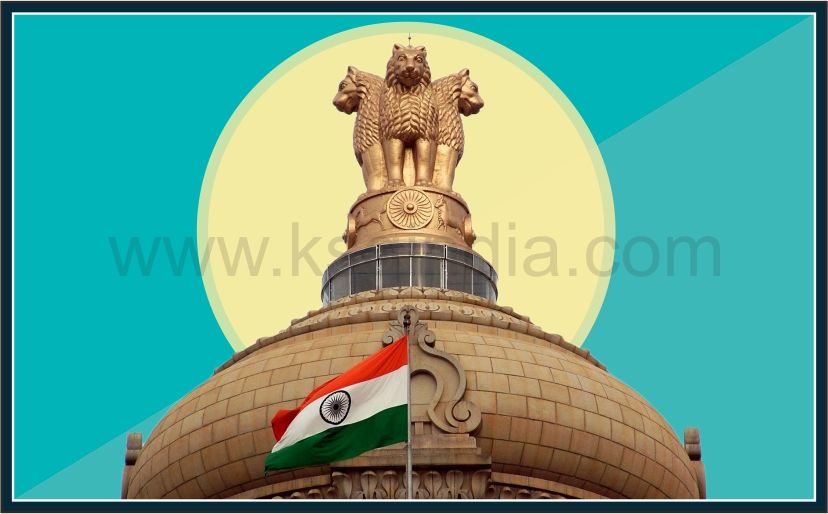SriLanka Food Emergency

On August 30, 2021, Sri Lankan President Gotabaya Rajapaksa, using powers vested in the country’s Public Security Ordinance
SriLanka Food Emergency
On August 30, 2021, Sri Lankan President Gotabaya Rajapaksa, using powers vested in the country’s Public Security Ordinance, declared Emergency regulations pertaining to the distribution of essential food items. The regulations sought to empower authorities to provide essential food items at a “concessionary rate” to the public by purchasing stocks of essential food items, including paddy, rice and sugar, at government-guaranteed prices, and prevent market irregularities and hoarding.
The emergency has added to the uncertainty of Sri Lanka’s food crisis, which has all the makings of a perfect storm.
What Led to a Food Emergency?
- Sri Lanka is burdened by a huge foreign debt burden. It is unable to repay these loans because of critically low foreign exchange reserves.
- With the tourism industry destroyed since the 2019 Easter attacks, Sri Lanka had lost one of its top foreign exchange pullers even before the pandemic struck.
- The tea and garment industries have also been hit by the pandemic, affecting exports.
- Remittances increased in 2020, but were not sufficient to pull Sri Lanka out of its crisis. At the end of July, the country’s foreign exchange reserves were $ 2.7 billion, while it needs to repay foreign debts of about $ 4 billion.
- The low forex reserves also mean Sri Lanka has been unable to import as much as it used to in the past.
- Earlier this year, it stopped imports of vehicles and several other items, including edible oils, turmeric, and even toothbrushes, in a bid to save precious foreign exchange. Sri Lanka imports many of its essential food items, including pulses, sugar, wheat flour, vegetables, and cooking oil.
- The printing of Rs 800 billion by the Central Bank of Sri Lanka over the last 18 months to ease the economic crisis has increased liquidity in the economy. But this infusion of money, and the consequent increase in demand without a corresponding increase in supply, has led to a sharp spike in inflation.
- This in turn has devalued the currency, made imports costlier, added to the debt and put the forex reserves under more pressure.
- Sri Lanka’s economy contracted by 3.6 % last year. According to the Central Bank of Sri Lanka, the Sri Lankan rupee depreciated by 10.1% against the dollar this year. It hovered around 200 against a dollar last week.
- Prices of essential commodities — including rice, dhal, bread, sugar, vegetables, fish — have risen several times during the pandemic, and more rapidly in recent weeks. Local varieties of rice — a staple item — currently cost about LKR 120 (₹44) a kg, while common vegetables such as onion and potato are priced over LKR 200 (₹73) per kg. A kilo of fish costs nearly LKR 700 (₹255).
